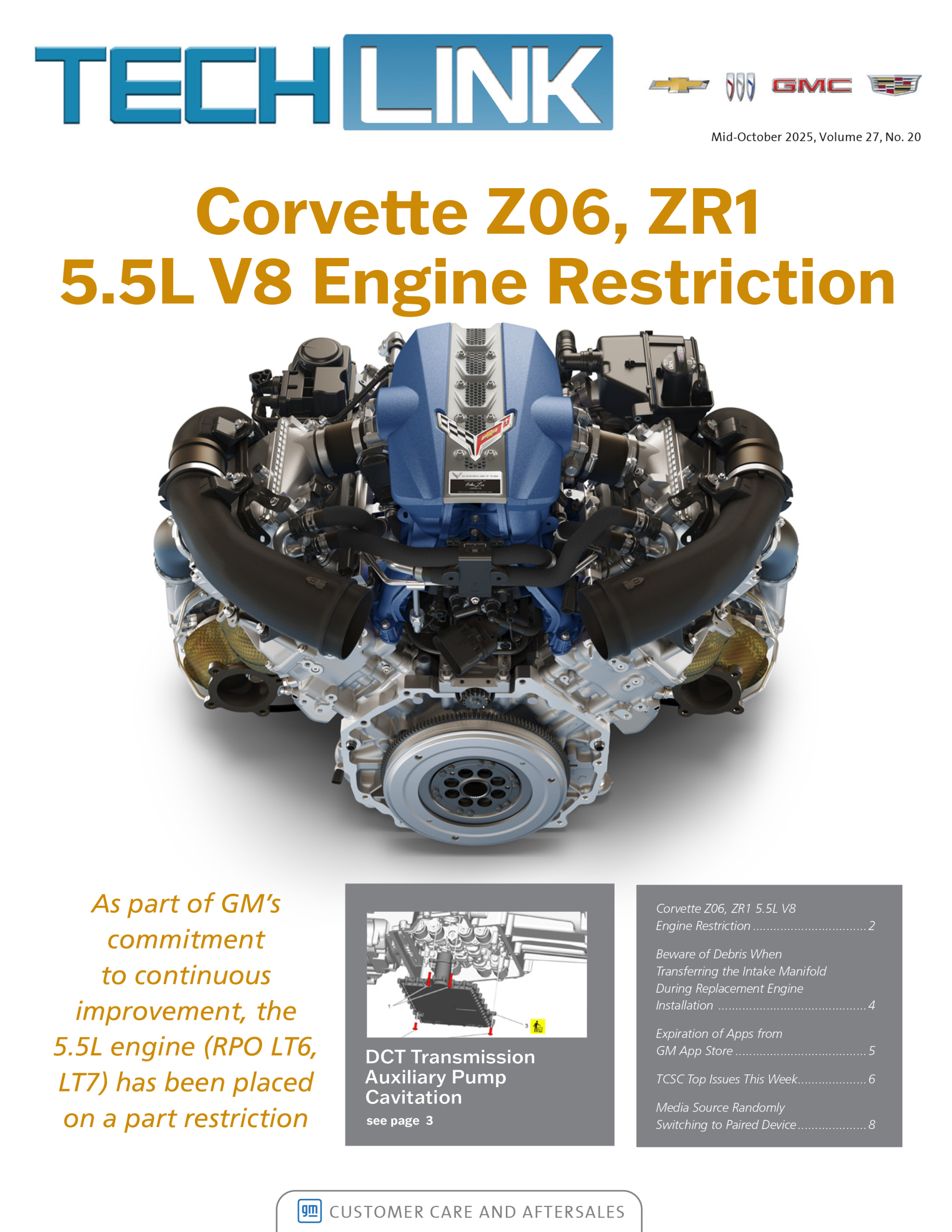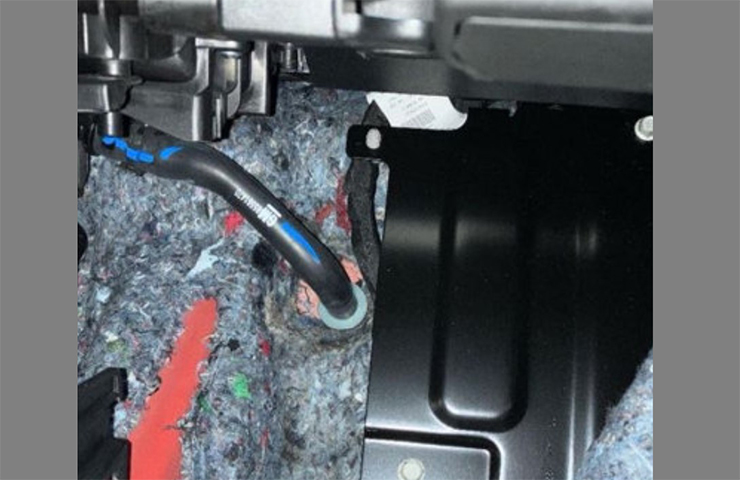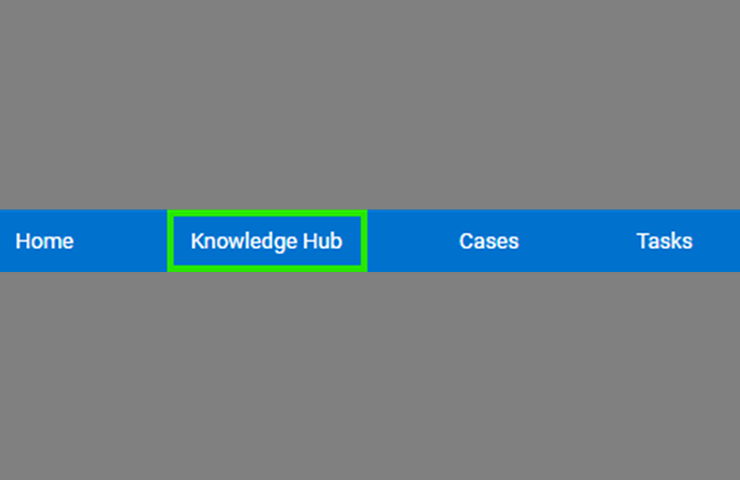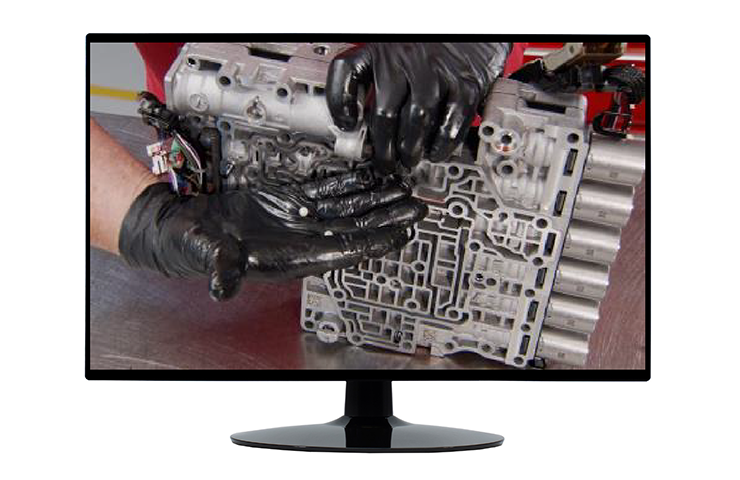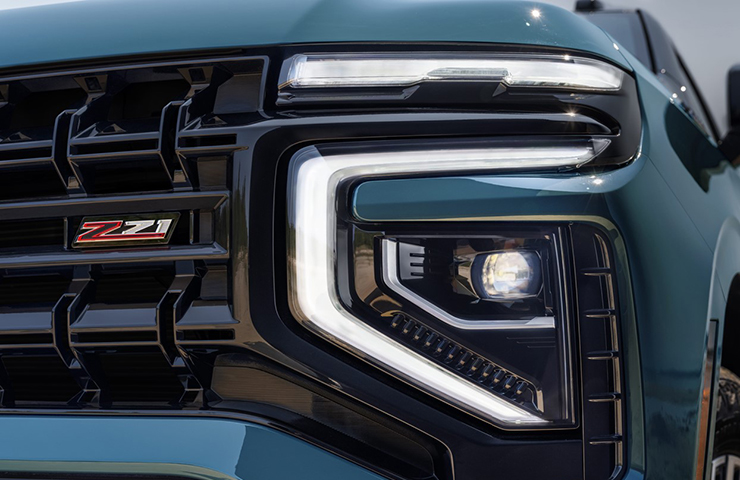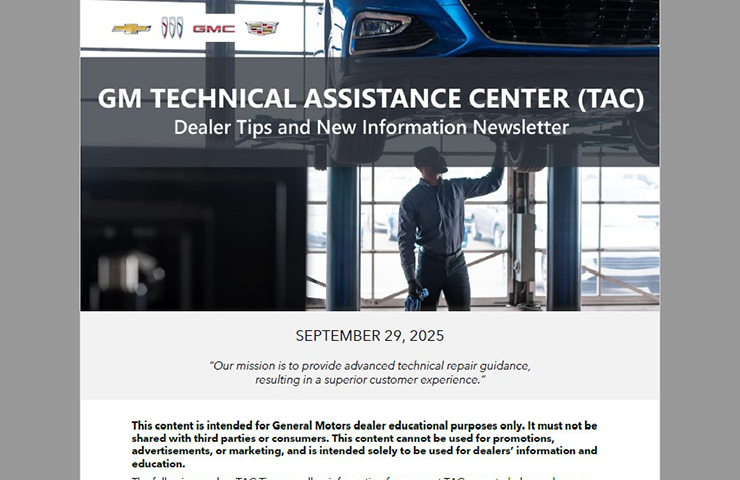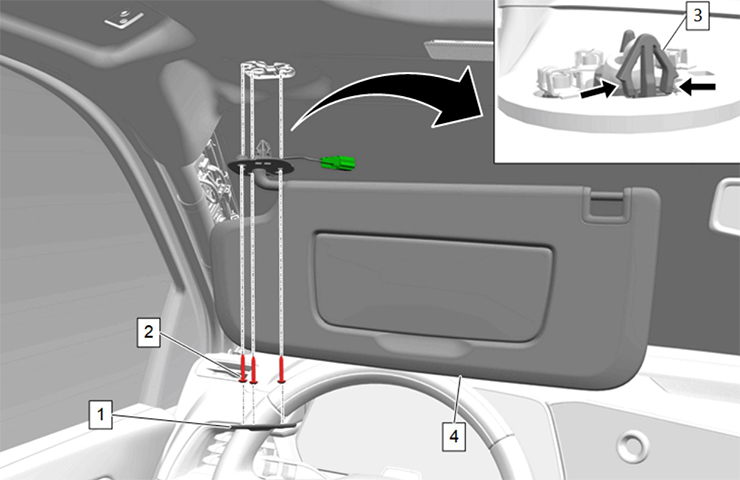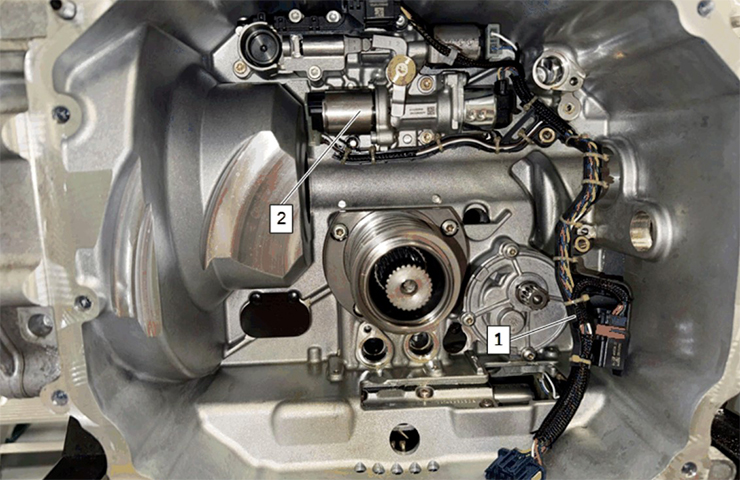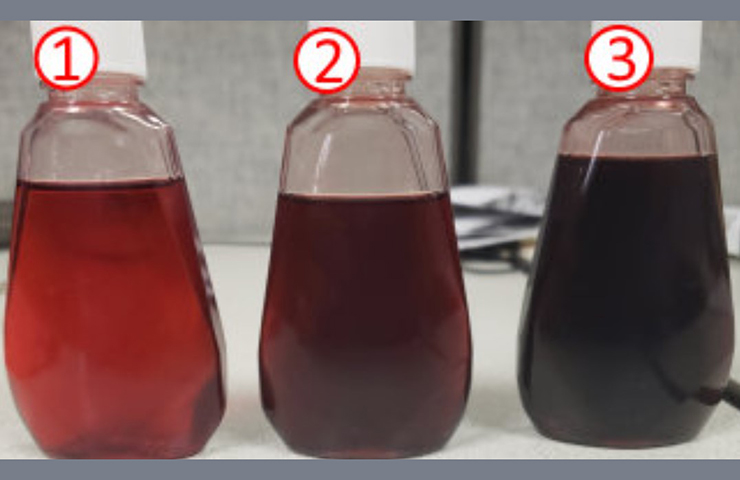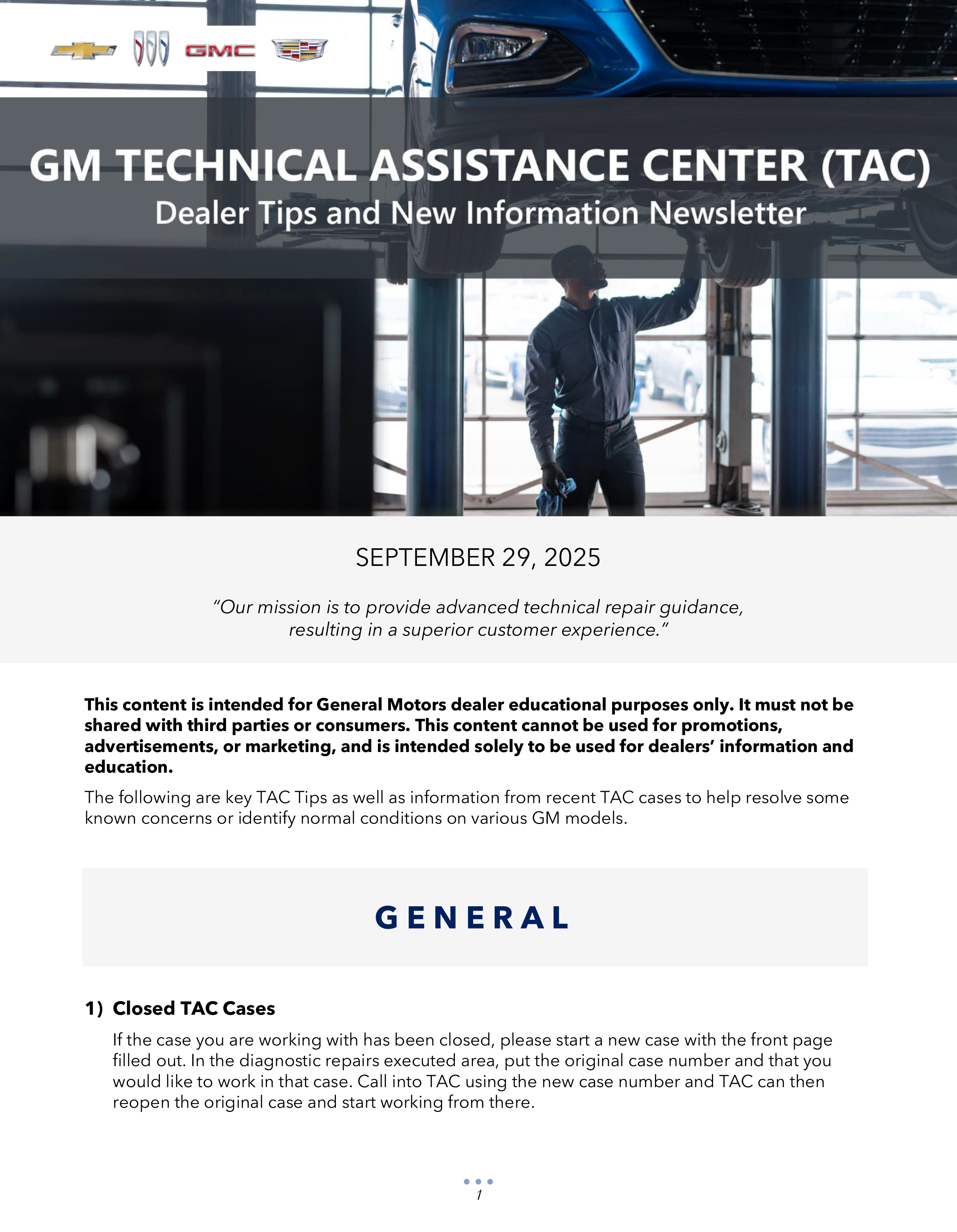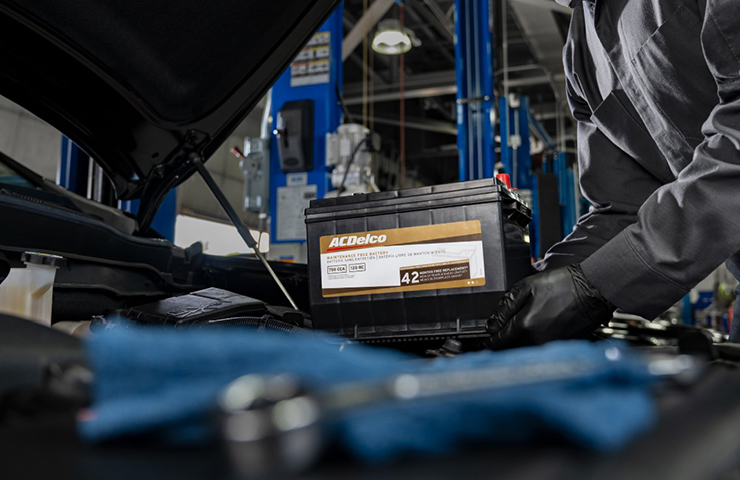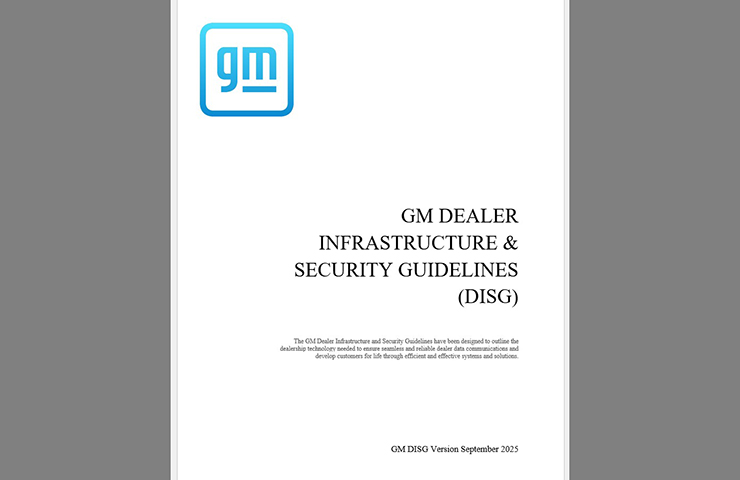When working on any high voltage system on a GM vehicle, certified and tested high voltage insulation gloves must be worn. Certified and up-to-date Class “0” insulation gloves rated at 1000V with leather protectors provide an insulative barrier between an electrical point and the skin of an individual. (Fig. 5)
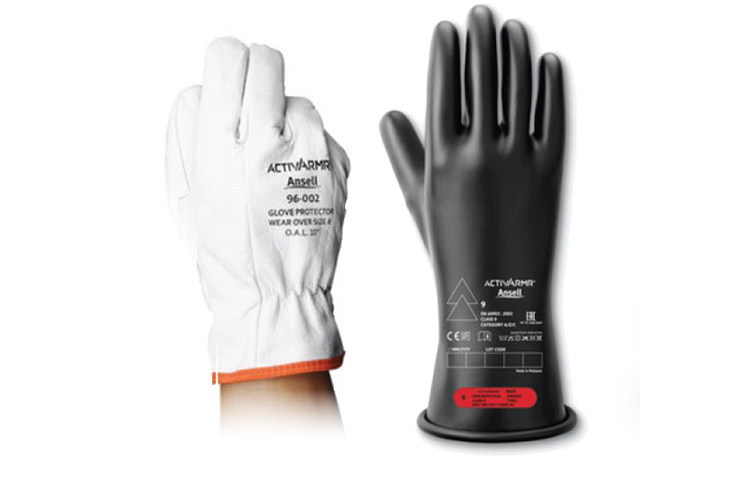 Fig. 5
Fig. 5
Wear the insulation gloves at all times when working with the high voltage battery assembly, wires and components, whether the system is energized or not. It’s recommended to use the “one-hand rule” whenever possible, which involves working with only one hand while the other hand is behind your back.
Glove Inspection Procedure
The leather protector gloves by themselves do not offer any protection against high or low voltage. Always wear the outer leather protector gloves over the inner rubber insulator gloves.
The rubber insulating gloves include a stamped date that indicates when the gloves were “originally or last tested electrically.” Rubber insulating gloves must be retested electrically by a certified lab 6 months after first use. The lab will restamp the gloves with the new “tested” date.
- New leather gloves and rubber insulating gloves are marked with the date of manufacture or last electrical test and may be opened for first-time use within 12 months of that date. Gloves that are unopened 12 months after the test date must be recertified prior to use.
- Always record the date of the first time the gloves were opened or used.
- Once opened, recertification must occur 6 months from first use.
- If the first-use date is not known, the gloves must be retested 6 months from the electrical test date stamped on the gloves.
TIP: If the gloves certification age range has expired, do not use the gloves. The gloves should be tested and recertified or replaced. For the North America region, visit www.nail4pet.org to find an accredited recertification laboratory.
Before each use, the rubber insulation gloves should be removed from their leather protector gloves and visually and functionally inspected. Refer to the High Voltage Insulation Glove Inspection Procedure in the appropriate Service Information.
Inspect the insulation gloves by trapping air in the glove and sealing the opening to prevent any air loss. While pressing the glove to increase pressure, check for any pin holes, air leaks, wear or abrasions as well as any swelling that could indicate exposure to chemicals. (Fig. 6)
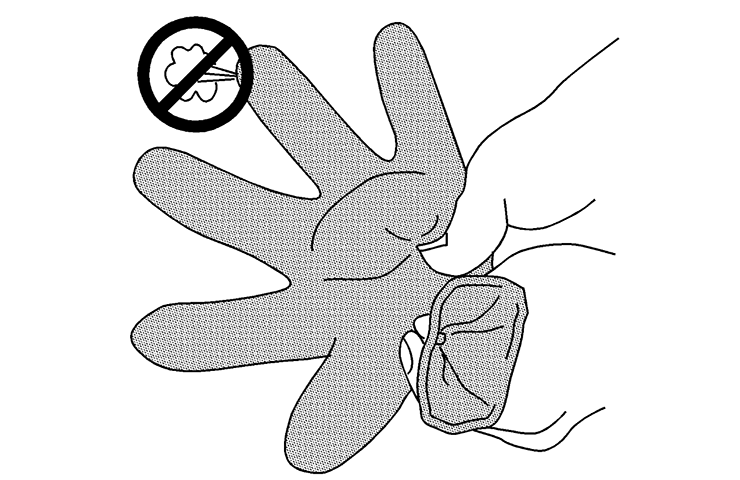 Fig. 6
Fig. 6
If glove damage is observed, do not use the gloves and have them tested and recertified or replace them.
Properly store both the insulator gloves and leather protector gloves when not in use. Do not fold the gloves. The gloves should be kept out of sunlight, excessive heat and humidity.
HV Glove and Leather Protector Set
New HV Glove and Leather Protector Sets are available in the U.S. from GMDEsolutions.com. (Fig. 7) A 6-month insulating glove replacement program also is available that automatically orders and ships replacement insulating glove sets in 6-month intervals. In Canada, dealership clothing and linen supplier programs may offer purchase and recertification services.
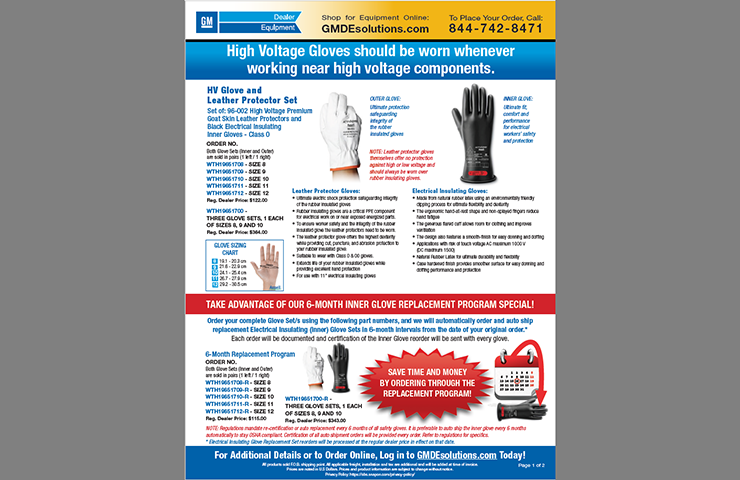 Fig. 7
Fig. 7
EL-48900-A HEV Safety Kit
The EL-48900-A HEV Safety Kit is available from gmtoolsandequipment.com. (Fig. 8) The kit includes:
- 3 pair (S-M-L) – Class-0 rubber electrical insulation gloves.
- 3 pair (S-M-L) – leather protector gloves.
- 4 collapsible orange safety cones.
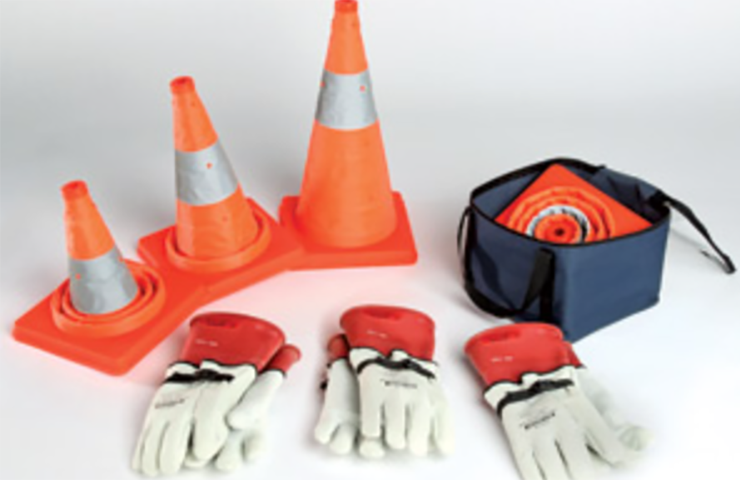 Fig. 8
Fig. 8
Each glove set consists of a pair of rubber insulation gloves and a pair of leather protector gloves. The safety cones should be used to properly mark off the area around an HEV vehicle so others are aware that there is an HEV in the service bay.
Training Course
To learn more about high-voltage insulation glove use, review course 59500.04V, Class 0 High Voltage Insulation Glove Inspection, on the GM Center of Learning (U.S.) In Canada, review course 18400.00W.
– Thanks to Zach Winters and Joe Ciagala

